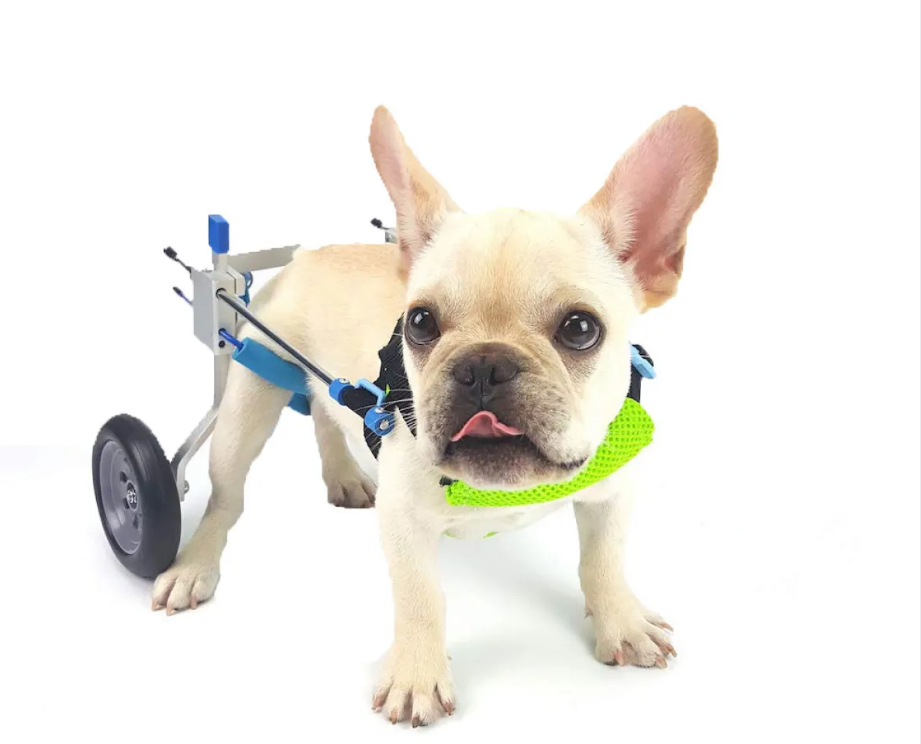In recent years, the concept of dog wheelchairs has gained traction as a potential solution to the mobility barriers faced by our beloved canine friends. But do these devices really work? Do they really improve the quality of life of dogs with mobility impairments?
Learn about dog mobility challenges:
Just like humans, dogs can experience mobility issues due to a variety of reasons including aging, injury, illness, or congenital conditions. These challenges can severely impact their mobility, leading to depression and a reduced quality of life. Traditional treatments may not always be enough, prompting pet owners to seek alternative solutions, such as small dog wheelchairs.
How does a dog wheelchair work?
Dog wheelchairs, also known as dog strollers or dog walkers, are specially designed devices that provide support for a dog's hindquarters or all four legs, depending on the dog's specific needs. They usually consist of a frame, wheels, harness, and straps, and can be adjusted to fit dogs of different sizes and breeds. The wheelchair supports the dog's weight and allows for freedom of movement by providing stability and assistance for walking or running. For small dogs, specialized dog wheelchairs designed specifically for their size are available to ensure optimal comfort and support.
Benefits of dog wheelchairs:
- Enhanced Mobility: Small dog wheelchairs designed for back legs enable dogs with limited mobility in their hindquarters to move around more freely, allowing them to maintain their independence and participate in physical activities.
-
- Psychological Benefits: Dog wheels for back legs, designed for small dogs, can promote your dog’s mental health by preventing feelings of isolation and depression that come with not being able to move around freely.
- Rehabilitation Assistance: In some cases, dog wheelchairs can aid in the recovery process after surgery or injury, helping the dog regain strength and mobility.
Limitations and Notes:
- While dog wheelchairs have many benefits, they are not right for every dog or every situation. Some factors to consider include:
- Adjustment period: It can take some time for dogs to adjust to using a wheelchair, and it usually requires patience and training to help them feel comfortable and confident.
- Maintenance: Dog wheelchairs require regular maintenance and adjustments to ensure proper fit and functionality, which may require additional time and effort from the pet owner.
In conclusion:
Dog wheelchairs can be an effective tool to improve the mobility and quality of life of dogs with mobility impairments. While they may not be suitable for every dog, they provide a valuable solution for many pet owners who face the challenges of caring for a disabled or elderly canine companion. By understanding the benefits and limitations of dog wheelchairs, pet owners can make an informed decision about whether they are the right choice for their furry friend.



0 Comments